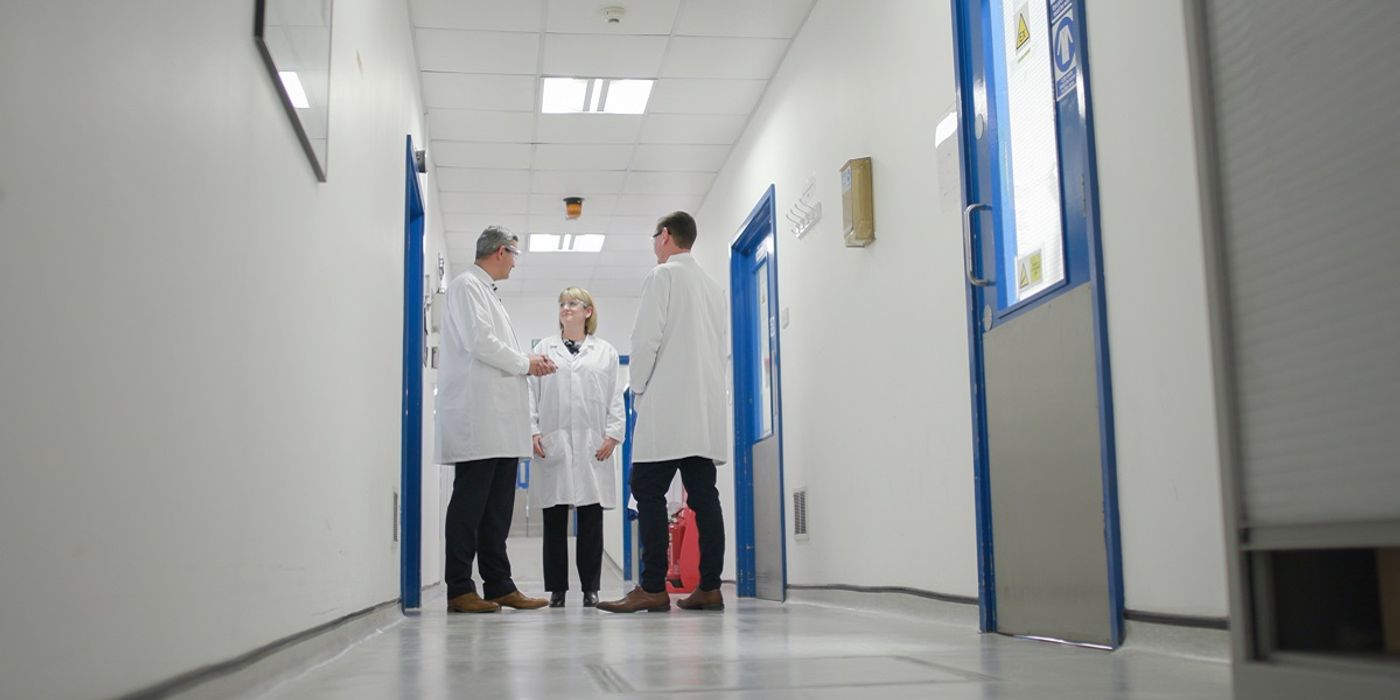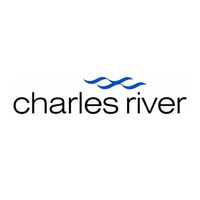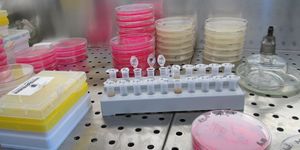Cycling Molecules into Drug Candidates
Statistics show that just 1 in 5,000 drug candidates ever makes it from the lab to the pharmacy. In a process that can take as long as 10 years, novel drugs require more time and money with every stage of development. Thus, killing a failure early is as valuable as pushing through a winner.
In early discovery, both of these tasks fall to the medicinal chemists, biologists, and pharmaceutical scientists. “It’s iterative,” says Omar Aziz, Senior Director of Biology at Charles River’s Harlow, UK site. “The main idea is we build chemistry, build better molecules that are more efficacious, that are more stable, that actually have greater access to target tissues and organs.”
Individually, Omar is but one pillar of a trifecta of talent whose purpose is to create better molecules. Directing the team’s early discovery chemistry operations, Karen Williams guides the process of identifying new compounds. Russell Scammell leads the group’s efforts in pharmaceutical formulation chemistry and analytics. On a typical day at the Harlow site, compounds ping back and forth between the three groups in a concentrated their quest to develop a lead candidate.
We might not consider where that heart pill, diabetes medicine, or chemo drug comes from, but Omar, Russ and Karen think about it all the time. Motivated to find that rare molecule among thousands that will make a difference to patients with heart disease, diabetes or cancer, they embrace the challenges that demand their collective creative problem solving. According to Omar, developing a full understanding of a compound is hugely important, as there is always room for improvement. He adds, “I don’t believe there’s a single drug on the market that couldn’t be improved in some area or aspect of its properties.”
The quest for a candidate compound begins with target validation, or the search for a “druggable” target that can be affected by a compound. From there, screening assays determine which compounds interact with the target in a process called hit ID. After collecting as much data as possible, a promising compound moves to physiological assays that determine whether it has the desired effects in vivo. “The end result is a drug that’s in the market, that is hitting the target, and this can be used on, on a day-to-day basis across a range of activities,” says Russ. Over numerous iterations, a drug may pass back and forth through each phase as it is either validated, refined, or failed. At each step of the way Karen, Russ, Omar, and their colleagues share successes and setbacks to keep a drug moving forward as quickly and cost-effectively as possible without sacrificing safety. Their appreciation for each other’s contributions to the final product is evident.
“I always joke about chemists being the most optimistic people in the world, because it doesn’t matter how many compounds they’ve made that just have not met the grade, they’re still excited about the next one,” said Omar. “Whereas biologists, I would probably say are a bit more conservative, maybe a bit more pessimistic in their approach. They’re going to look at it and think, it’s just another compound. Is this going to be different from the last one? So, there’s a lot of banter that goes on and I think it’s taken in good humor with all parties involved,” says Omar.
In the end, the three agree that their work benefits from their close collaboration and their camaraderie. Working through setbacks and celebrating victories may not get covered in school, but those moments can make a job into a career and a passion.









